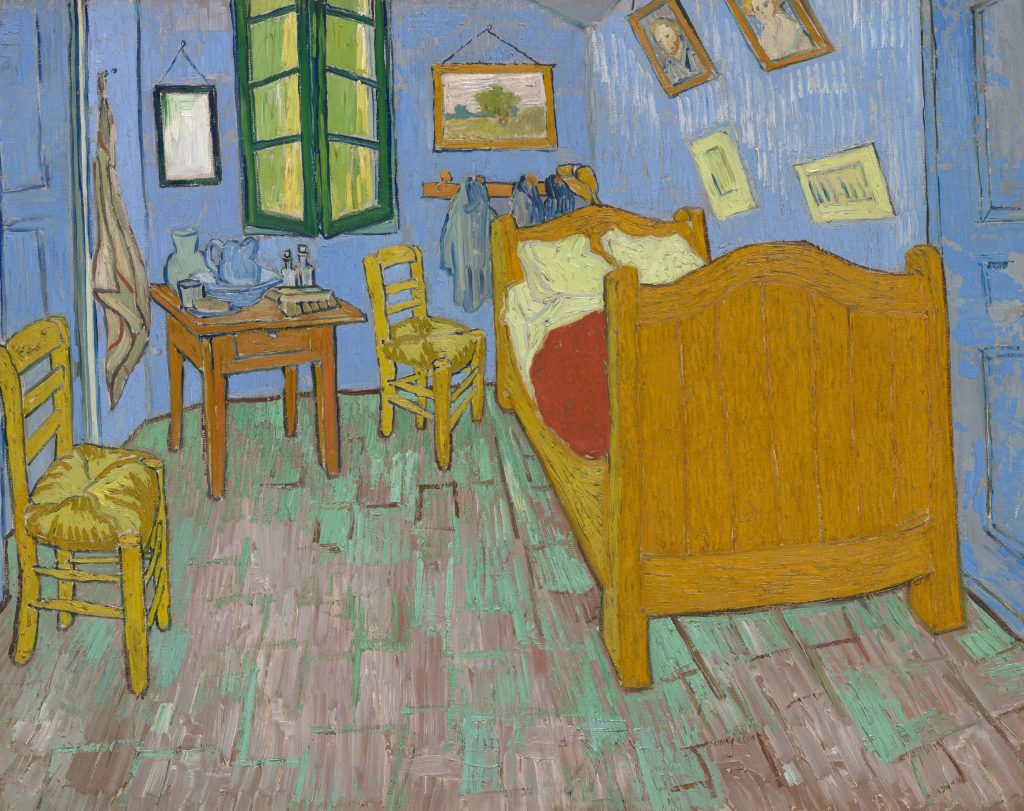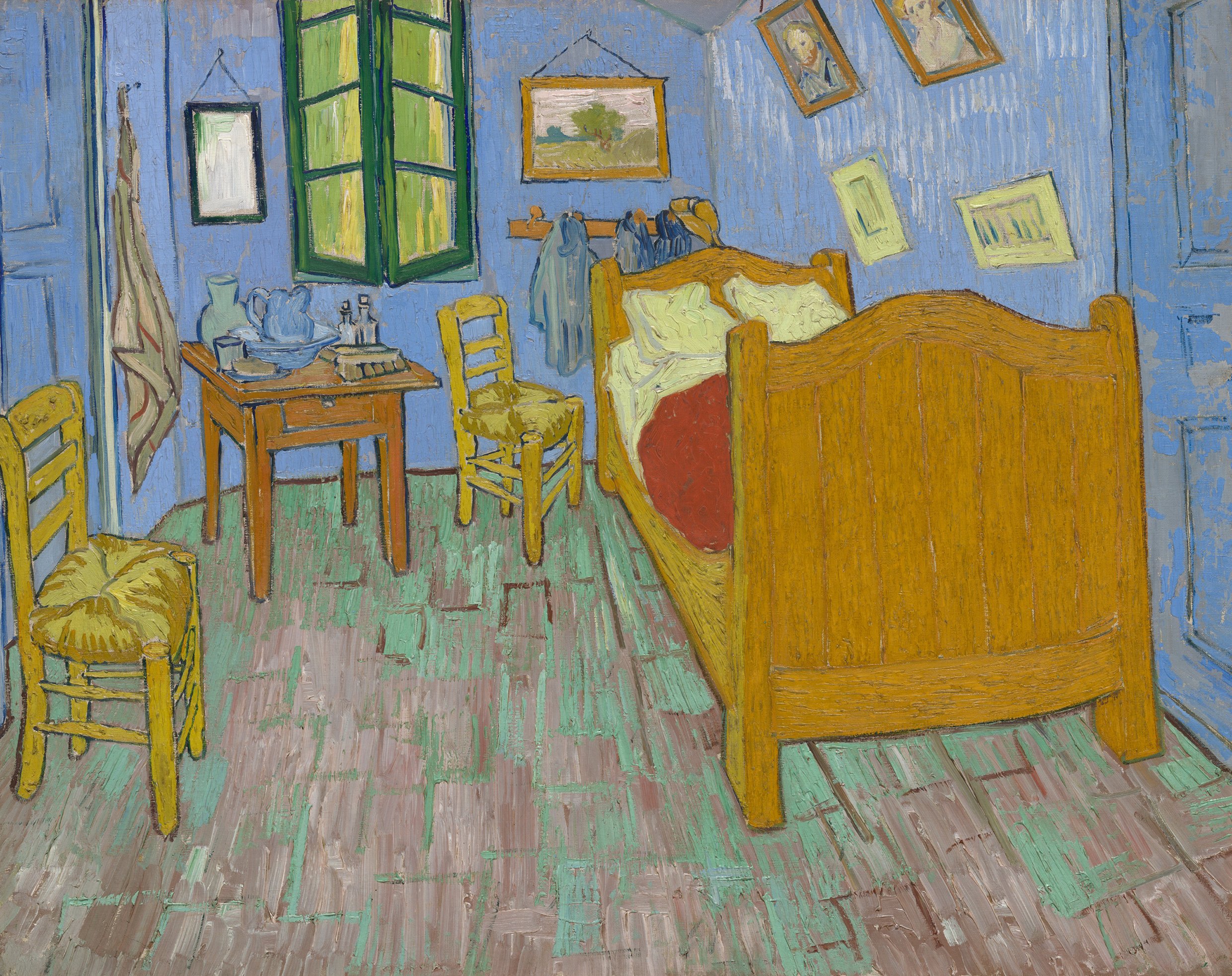
Museum Confirms Garage Sale Portrait Is Not an Authentic Van Gogh

# Controversy Over Alleged Van Gogh Portrait Discovered in Garage Sale
A portrait purported to be by the legendary Dutch painter Vincent van Gogh has been ruled inauthentic by the Van Gogh Museum in Amsterdam, sparking debate among experts and art collectors. Discovered at a Minnesota garage sale in 2016, the painting, titled *Elimar*, was purchased by the New York-based art authentication company LMI Group International in 2019. The company thoroughly analyzed the work and defended its claim that the painting is an original van Gogh, but the museum has remained firm in its skepticism.
## **The Discovery of *Elimar***
The painting in question first emerged when an antique collector purchased it at a seemingly ordinary garage sale. Recognizing its potential historical value, the buyer later sold the artwork to LMI Group International, which specializes in authenticating lost and unidentified works of art. The company conducted exhaustive research and scientific testing to determine whether *Elimar* could be an original van Gogh.
According to LMI Group, the painting was likely created between 1889 and 1890 while van Gogh was institutionalized at the Saint-Paul asylum in Saint-Rémy-de-Provence. Their research indicated that the portrait showed stylistic elements and technical features consistent with van Gogh’s work from that period.
## **Scientific and Historical Evidence Supporting the Claim**
LMI Group released a comprehensive **456-page research report** detailing various scientific analyses, historical records, and comparative studies to support its claim.
Key findings from the report include:
– **Stylistic Similarities**: The portrait exhibits *three-quarters view*, a commonly used composition in van Gogh’s portraiture.
– **Color Palette**: The subdued tones reflect van Gogh’s interest in returning to a northern European color scheme, a sentiment he expressed in letters to his brother Theo.
– **Artistic Inspiration**: The group suggested that *Elimar* was likely inspired by Danish artist Michael Ancher’s *Portrait of Niels Gaihede* (c. 1870s–1880s), which aligns with van Gogh’s known tendency to reinterpret works by other artists.
– **Material Analysis**: Scientific studies identified a thin layer of egg-white varnish, a technique used by van Gogh to temporarily protect his paintings before rolling them up for storage or transport.
– **Physical Evidence**: A red strand of hair embedded in the paint was confirmed to belong to a human male, though further DNA testing was inconclusive due to sample degradation.
Additionally, the painting’s title, *Elimar*, may reference a character from Hans Christian Andersen’s novel *The Two Baronesses* (1848), a known literary favorite of van Gogh.
## **The Van Gogh Museum’s Rejection**
Despite these findings, the Van Gogh Museum in Amsterdam delivered its verdict: *Elimar* is **not an authentic work** by Vincent van Gogh. Their skeptical stance is based on an evaluation conducted in 2019, when they received a photograph of the painting. At that time, they dismissed the possibility of authenticating the work, and their stance has not changed even after LMI Group’s extensive research.
In response to the museum’s rejection, LMI Group expressed frustration, stating that the museum seemed to dismiss the 456-page report “in less than one working day” without a detailed explanation. They also criticized the museum’s refusal to examine the painting in person rather than through a digital reproduction.
## **Debate Over Authentication and Museum Authority**
This controversy has reignited discussions about the role of museums in the authentication process of historic artworks. LMI Group has highlighted past instances where the Van Gogh Museum misattributed or failed to recognize works by van Gogh, suggesting that institutional gatekeeping might play a role in cases like *Elimar*.
The Van Gogh Museum, however, maintains that its authentication process is based on rigorous scholarly research and advanced scientific methods. The museum receives between **200 and 500 authentication inquiries per year**, most of which ultimately turn out to be inauthentic.
## **Final Thoughts: A Mystery Unresolved**
While LMI Group continues to stand by its claim that *Elimar* is an original van Gogh, the Van Gogh Museum’s rejection presents a significant roadblock. Without the museum’s endorsement, the painting’s market value and historical recognition remain uncertain.
For now, *Elimar* joins the ranks of countless disputed artworks whose true origins remain a mystery. Whether future advancements in art authentication technology or additional expert analyses will change the painting’s fate remains to be seen.
### **What Do You Think?**
Do you believe *Elimar* could be an authentic van Gogh painting, or is the Van Gogh Museum correct in its assessment? Let us know your thoughts in the discussion below!
—
#### **Related Articles:**
– [The Science Behind Art Authentication](#)
– [Hidden Van Gogh Sketches Discovered](#)
– [Famous Cases of Misattributed